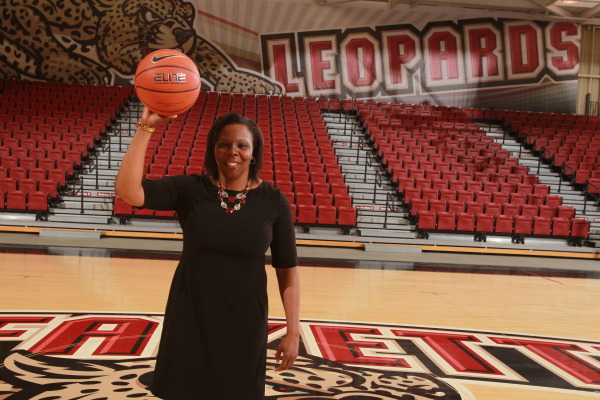
It takes courage to lead.
IBM has conducted several global CEO studies in recent years to find out how they lead. They asked CEO’s: “What is your biggest challenge?”
Instead of a typical go-to response like “management discipline,” the CEO’s have overwhelmingly cited “change and complexity” as their biggest challenge. They also say that they continue to struggle to manage the highly volatile, increasingly complex business environment. The IBM studies report that the gap between “expected change” and the “ability to manage it” continues to grow. Why does this gap continue to widen?
The problem stems from the fact that the corporate world treats “performance management” as the umbrella term. Leadership is as a subset of management…when it should be the other way around. In most bookstores you have to go to the management section to find books on leadership. Most of these books offer a version of the same formula. In reality these “leadership books” are offering management advice. You can be taught how to manage, but leading cannot be distilled to a formula. It cannot be “taught.” Leadership must be cultivated. It takes courage.
Leading is an art. Leadership has been around since before there was a thing called “science.” Leaders are focused first and foremost on their people. They thrive when challenged to move out of their comfort zone. They engage their people in goal-setting, pushing them to set high, seemingly unreachable expectations. Then they get to work cultivating in their people the belief that they can stretch beyond perceived limitations to pursue those expectations.
All of our institutions are lacking leadership during these disruptive times. Too many people in government and education leadership positions fear moving out of their comfort zone to make difficult decisions. Instead they retreat from discomfort and manage expectations to protect their brand.
Anyone can become a manager. But leadership must be cultivated over time – and the process never stops. A leader is always becoming. George Washington and Abraham Lincoln were not “taught” how to lead. They did not have access to leadership “experts.” The seeds of leadership were planted over time. Leadership was modeled for them through observation and by reading about the lives of great leaders from the distant past. And it was cultivated in them over time as they continually immersed themselves in problem solving during extraordinarily difficult times.
As my friend and prominent business leader Tony Capasso, General Manager of ShipEngine, has said, “Managing is the easy part. Leading is the hard part because it requires courage.” Leaders are comfortable with being uncomfortable. They inspire and empower their people to move from The Actual to The Possible.
We can no longer afford to manage change. We must re-discover the willingness to lead change, articulated by JFK in 1962 when he said, “We choose to go to the moon in this decade and do the other things, not because they are easy, but because they are hard.”
Allied Partner Jeff Moore is well-kn own and highly-respected throughout college athletics – not only for what he accomplished as a coach, but also for his prowess and the tangible results he has delivered while working with teams and athletic departments. As CEO of Moore Leadership, Jeff helps leaders in both college sports and the corporate world build championship teams.
own and highly-respected throughout college athletics – not only for what he accomplished as a coach, but also for his prowess and the tangible results he has delivered while working with teams and athletic departments. As CEO of Moore Leadership, Jeff helps leaders in both college sports and the corporate world build championship teams.


